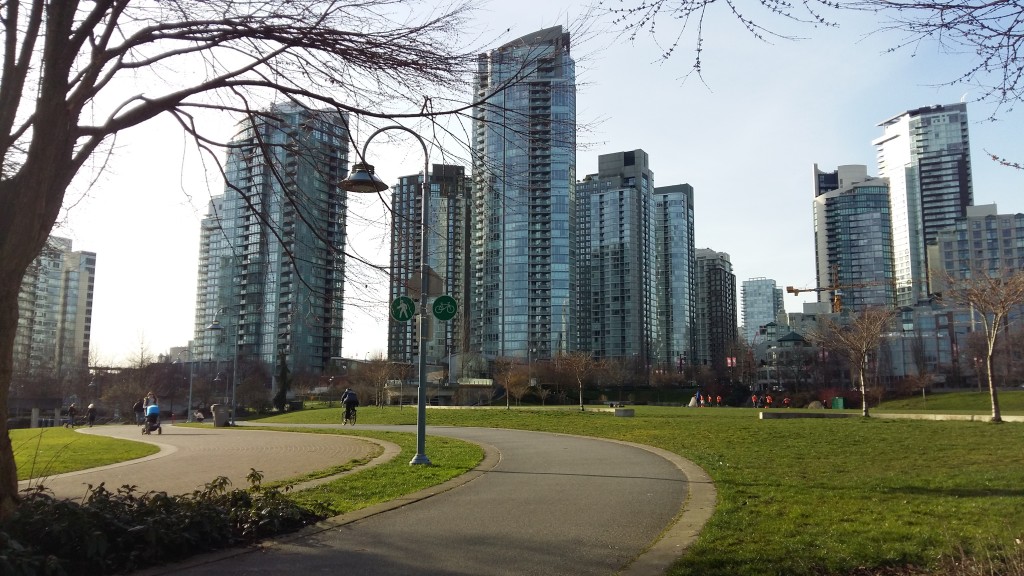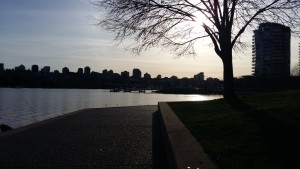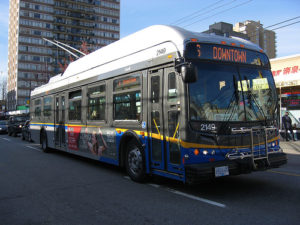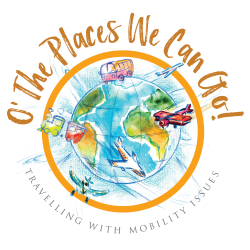
Getting Around Vancouver, Canada
This is my first post about the city I have chosen to call home, and I’m excited to share it with you!
Ranked High
Vancouver is a well documented city, and frequently is near the top-of-the-list for  offering the best quality of life, or being one of the most livable cities in the world. Additionally, in 2015, British Columbia welcomed almost 5 million international visitors to this beautiful Province. So if you are someone who is planning a trip to Vancouver, BC, Tourism Vancouver has a great website for planning your trip to the city. Keep in mind that it’s a good idea to pack a rain coat and shoes as it particularly rains a lot during the Autumn, Winter and Spring seasons.
offering the best quality of life, or being one of the most livable cities in the world. Additionally, in 2015, British Columbia welcomed almost 5 million international visitors to this beautiful Province. So if you are someone who is planning a trip to Vancouver, BC, Tourism Vancouver has a great website for planning your trip to the city. Keep in mind that it’s a good idea to pack a rain coat and shoes as it particularly rains a lot during the Autumn, Winter and Spring seasons.
Getting Around Vancouver, BC
There are several options for getting around Vancouver that are all accessible for people with mobility issues. The Skytrain and buses are the most common forms of transportation in the  city, and I highly recommend using the Trip Planner option on the Translink (they run this region’s transportation system) website to view the finer details about getting from point A to B. All transit options in the city have designated areas that includes seating or space for scooters, walkers and wheelchairs. The Skytrain stations have elevators, and the buses have ramps that allow for ease in getting in.
city, and I highly recommend using the Trip Planner option on the Translink (they run this region’s transportation system) website to view the finer details about getting from point A to B. All transit options in the city have designated areas that includes seating or space for scooters, walkers and wheelchairs. The Skytrain stations have elevators, and the buses have ramps that allow for ease in getting in.
Taxi’s are also a travel option for those with mobility issues, although if you require additional space, or a place for a wheelchair, when you call a taxi you need to request a van as opposed to a car. The vans can also be seeing driving around town.
Car rentals are also an option, but parking in the city is not cheap or necessarily easy. A lot of popular areas usually have a 2-3 hour parking time restriction, or restrictions about when you can park there, especially for street parking. For example, for a lot of street parking around Vancouver, you cannot park between 3:00 – 6:00pm, which is rush hour time. And parkades usually close their gates at 10:00pm, so if you don’t move your car by then, you will have to wait until it reopens. This map of Vancouver’s downtown core is pretty good at outlining street parking and various parkades (but the map excludes several areas such as the West End, and around Roger’s Arena and BC Place Stadium). So it’s very important to keep your eyes out for this kind of information as parking restrictions are enforced in Vancouver.
Since Vancouver is on the water, you can also have options to travel by air, boat, or a SeaBus (or Aquabus). Again, suitable for those with mobility issues.
Walking Around
Many parts along the water have designating biking and pedestrian lanes. The featured image of this post has one. It is a green sign that represents the side you should be on, so if you’re looking at the sign, there is a white bicycle on the right, and a person walking on the left. It’s important to take note of this, as people on bikes can really travel fast. There are crosswalks where you may pass over a bike lane, so treat it like any street crossing.
Now because Vancouver is a city where there are many places are said to be within walking distance, it’s important to know that for those who have mobility issues, you may want to consider looking at mobility aides that are available for rent. You can find rentals at these locations: Scooter City, Motion Specialties, HME Mobility & Accessibility, LifeCare Medical, The Rehab Shop, Advanced Mobility, and Self Care Home rentals. For more information on experiencing Vancouver from an accessible standpoint, please visit here. Finally, you may also want to call ahead to any local attractions you want to see, and inquire if they have any on-site rentals that may be beneficial to what you want to do.
I will be posting more about Vancouver and its surrounding area in the near future. If you have any particular questions about Vancouver, please do not hesitate to let me know. You can also find me on Instagram, Facebook, Twitter, or Google+.

